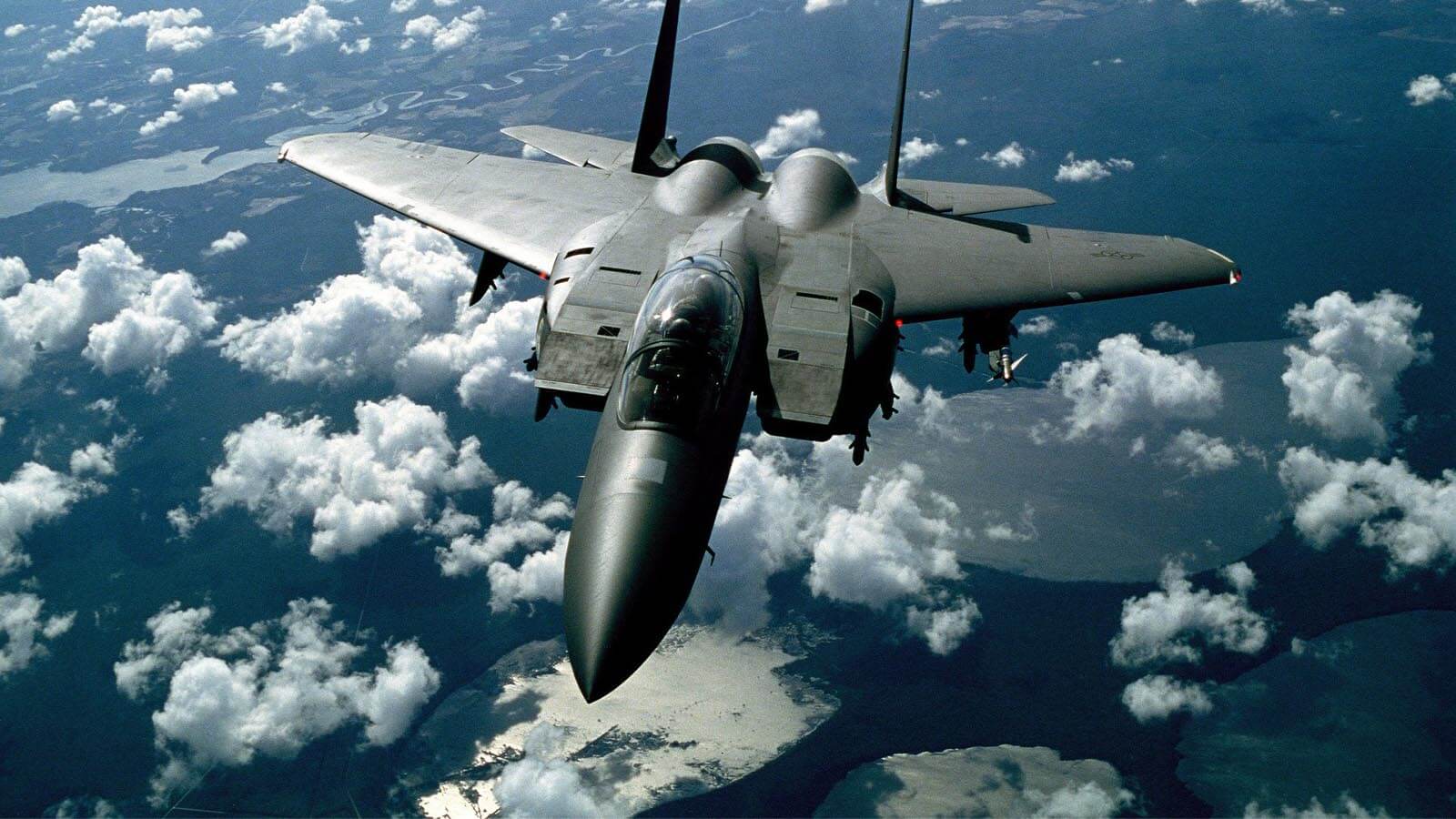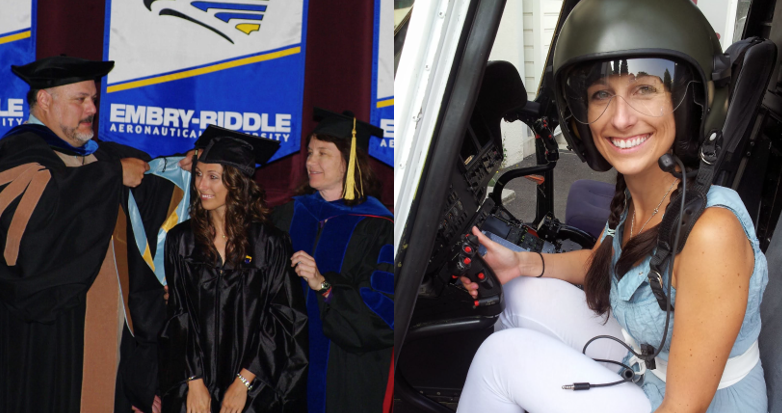The Implications of Aging Legacy Aircraft
Maintaining aircraft is an integral part of an ongoing operation to ensure readiness. Without consistent updates, repairs, and replacements, the implications of aging legacy aircraft typically result in the dismantlement or breakdown of the fleet.
What is the Aging Legacy Aircraft Issue?
When discussing the overall maintenance costs of managing, upgrading, and repairing aircraft over their lifecycle, there are three common types of aging that are referred to: financial, economic, and technical aging. However, only technical aging can impact an aircraft's reliability and ability to fly altogether.
Technical Aging
Technical aging is essentially the technical and maintenance breakdown of aircraft over time. This can range from standard flight hours and cycles to simply being in use for years at a time. Technical ageing takes aircraft structure, design, the scope of maintenance, routines, routes, and replacement parts into consideration when estimating costs for repairs and/or replacements.
Why Does Legacy Aircraft Aging Matter?
Aging legacy aircraft can put a massive strain on any budget, whether the aircraft is privately owned or if it is owned and operated by the US military. With legacy aircraft aging, it is important to plan financially to build provisions for potential expenses in the future, even if the expenses are not always easy or possible to predict with total accuracy. Using a global approach, it is possible to estimate the overall costs of legacy aircraft based on the following:
- Operation costs: Direct aircraft operation costs, such as the overall maintenance costs of an aircraft and its fleet, fuel costs, and other costs, such as training, inventory, tooling, leasing, and financing.
- Supply and Demand: Calculating the cost of legacy aircraft over their lifecycle is only possible by also taking supply and demand into consideration. Purchasing and/or leasing aircraft also must be considered when calculating the estimated cost of maintaining and owning each individual aircraft one has in their fleet.
- Residual Value: Over time, legacy aircraft parts and engines themselves may see their value fluctuate due to external market influences. The residual value of legacy aircraft must also be taken into account, such as with aircraft components, engines, airframes, and LRUs.
Operating Costs
The costs of operating aging legacy aircraft can quickly skyrocket when left unattended or ignored. With many military aircraft that are rolled out and introduced today, there are numerous phase models to determine the overall life cycle of the craft itself. In the early stages of life, an aircraft's operating costs will be expected to decrease over a short period of time as technical issues are detected and repaired on-site. Additionally, as the aircraft is used in service, the entire fleet will experience a cost drop in parts and replacements due to economies of scale. By the midpoint of a fleet's life cycle, it is expected that the total cost of the aircraft will become more stable.
As the craft or entire fleet ages, costs will rise based on the overall structure of the aircraft, the level of corrosion it has experienced, as well as the availability of the spare parts necessary for repairs and/or upgrades.
Equipment Upgrades
One of the most notable implications of aging legacy aircraft is the inability of production lines to keep up with both usage and demand for aircraft operations. When owners are required to upgrade their fleets with new and improved equipment, there is not always a straightforward repair or replacement route. This is why it’s highly advisable to work together with an outsourced engineering provider for the expert guidance necessary to keep operation repairs accurate and as cost-efficient as possible. The implications of an inability to upgrade aircraft include liability, excessive spending, and, ultimately, safety risks.
Data Collection Challenges
Managing an aircraft fleet is not as simple as maintaining a clear record of flight logs and maintenance efforts. Due to varying maintenance trends that change over time, as well as the methods used to collect and store legacy aircraft data, managing data collection independently can be tedious and/or virtually impossible. With the assistance of a provider such as Intertec Engineering, you can spend more time focusing on managing the actual flights of your fleet as data collection and analysis takes place behind the scenes. Issues that are likely to be encountered when attempting to manage and collect aircraft fleet data on one's own might include:
- Accuracy: Tracking aircraft statistics, problem areas, and maintenance requests manually are not only tedious, but it is subject to human error or mistake. Without oversight, a lack of maintenance can lead to serious and/or fatal accidents.
- Consistency: With changing technologies that are ever evolving, it can be challenging to maintain the same consistent variables and methodologies when managing a legacy military aircraft fleet.
- Automation: As new technologies arise, keeping up with the automation of software is not always easy for those working independently to manage a legacy aircraft fleet.
- Operational Changes: As maintenance requirements are subject to change and projects are funded and de-funded annually, operational changes should also be taken into account when managing legacy aircraft independently.
How an Outsourced Provider Can Help
For aircraft operations, managing budgets, ordered parts, and entire fleets at scale is imperative. In order to ensure efficient, high-quality work, consider turning to a managed engineering provider. Working with a partner that specializes in aiding in the challenges and obstacles presented with aging legacy aircraft is a way to streamline the management of legacy aircraft fleets, regardless of the size of the operation.
At Intertec Engineering, we specialize in a wide range of solutions to assist military and civilian aircraft operations. From maintaining an existing fleet with proper repairs and upgrades to replacing aircraft based on projections, profit models, and economic forecasts, Intertec Engineering is well-equipped to manage military legacy aircraft fleets of all sizes. Solutions that Intertec Engineering proudly provides to its clients include:
- Mechanical & Engineering: Trade studies, new technology evaluations, independent technical reviews, corrective action and root cause discovery, qualification, and certification expertise.
- Systems Engineering: System design, validation, verification, integration, planning, management, safety analysis, and process development. At Intertec Engineering, we also include the following document expertise solutions: Agile, SysML, Doors, Doors NG, CAMEO, MagicDraw, ARP4754a, FACE, and MOSA.
- Component & Systems Testing: Compliant in DO-160, ARP4754A, DO-178, and DO-254. Data analysis, ongoing testing and support, testing environmental setups, compliance analysis, and verification matrix for technical requirements.
- Project, Program, & Technical Data Management: Expert, on-site support. Repair development, project & program management, technical publications, logistics & provisioning support, reverse engineering.
- Supply Chain Transitioning: Model and drawing creation or revision, identifying metallurgical evaluation requirements, functional test requirements, and qualification requirements.
Advantages of Partnering with a Provider
Working together with a provider such as Intertec Engineering provides numerous advantages for operators, such as:
- Streamlined operations: Eliminate guesswork in estimating costs, evaluations, and the current state of the economy.
- Build a strong foundation: Working with Intertec Engineering is a way to construct a strong foundation that is integral to any project, regardless of size and scope.
- Data collection and analysis: Gain valuable insights into the operation costs, estimates, repairs, upgrades, and replacements necessary and/or projects for individual fleets. Use collected data to pinpoint potential problem areas to determine appropriate solutions in a timely manner, ultimately reducing waste and costs.
- Save time: Ultimately, maintaining a legacy aircraft fleet requires time and effort, which can cut into the overall efficiency of any operation. The assistance of a provider will help you develop thoughtful solutions that help prevent wasting time.
- Save money: Maintaining a budget is a top priority for many entities. Avoid overspending by consolidating the services you require by working together with an outsourced provider.
By partnering with Intertec Engineering, any project -- no matter how complex -- can be optimized and improved for timely results, with no additional labor for your team.
If you’re interested in learning more about our solutions pertaining to aerospace and military aviation, download our free infographic.






